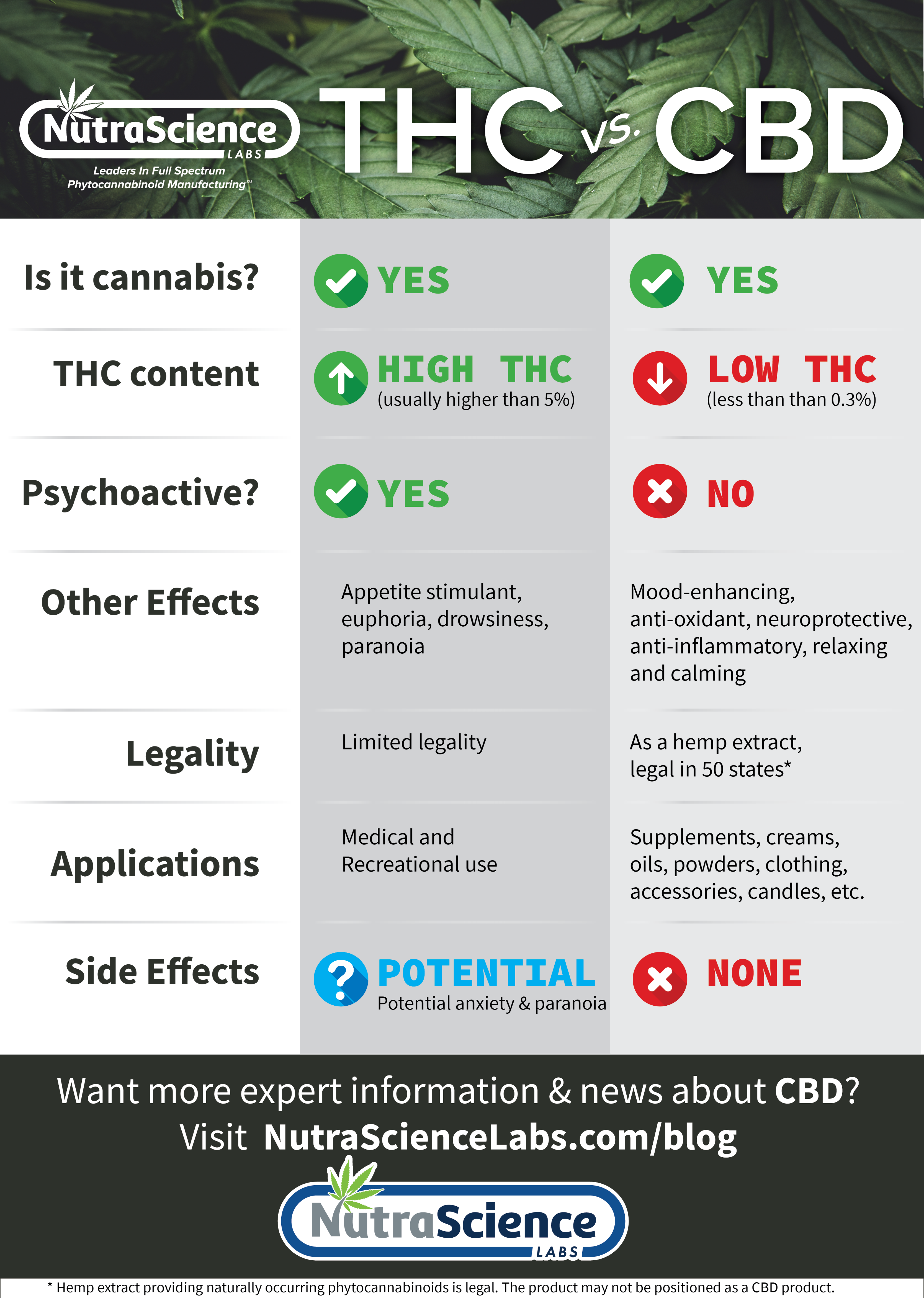
Figure 1: A generic picture of medicinal marijuana.
What are cannabinoid receptors?
Cannabinoid receptors CB1 and CB2 are receptors on the presynaptic side of a neural connection that function to inhibit adenylyl cyclase and subsequently decrease the presence of cyclic AMP. The ligands to these receptors (the endocannabinoids) are synthesized on the postsynaptic side because of the influx of calcium ions, which activate PLC, DAGL, and NAPE-PLD which are all enzymes important to the synthesis of the endocannabinoids 2-AG and AEA. However, there is also a noncanonical pathway which involves β-arrestin binding near the cannabinoid receptor and causing the membrane around it to be endocytosed into a intracellular vesicle, effectively disabling the cannabinoid receptor temporarily. β-arrestin as part of this pathway also plays an important role in regulating other pathways such as ERK 1/2, JNK 1/2/3, CREB, and P38α. For more information about the cannabinoid receptors, see the article here.

Figure 2: The chemical difference between THC and CBD.
What benefits are seen from the activation of these pathways?
Both CBD and THC have been used in some medical practices to date, but the true capabilities of their use is often underrepresented. Below I include a list of many of the possible benefits of THC and/or CBD.
- antioxidant properties lead to anti-aging effect
- Can treat some skin diseases such as eczema and other inflammatory conditions
- Decreased anxiety and depression in the short term
- Potential to speed up recovery after a TBI sustained by an individual
- Decreasing symptoms and effects of chronic pain
- Proven effective cancer treatment on glaucomas
Those all sound like pretty great things, right? From anti-aging to cancer treatments, cannabinoid receptors do really seem like the modern day elixir of life. However, it would be irresponsible for me to mention all of these positives and not mention the possible negatives of THC and CBD as treatment strategies. So, below are a few of the possible negatives, however, it is important to note, there hasn’t been extensive studies done with either THC or CBD as it still remains a bit of a taboo subject in medicine. Subsequently, both the benefits list and the possible negatives list are working lists and are far from all-inclusive.
- Potential to become addictive
- Potential to build up a tolerance to effects
- Decreased effectiveness of anesthetics in individuals with THC/CBD present in their body
- Impaired judgment
- Inconclusive data on memory
- Paranoia
- Increased potential for anxiety, mood, and bipolar disorders

Figure 3: A comparative table between THC and CBD coming from a website giving information about the production and sale of THC and CBD. Note, this table is not all-inclusive.
What this means for the future of treatment
The complexity of the cannabinoid receptor signaling and limited studies on THC and CBD have led to a tentative administration plan for treatments. As doctors begin to dip their toes into the possibilities of medical marijuana, there may begin to be more information about benefits and side effects that become present. However, from the current data, there seems to be a far greater potential for good that for harm when targeting the cannabinoid receptors. Also, as Figure 3 above starts to show, CBD offers a much greater medical potential because there are far less side effects and psychotropic effects than with THC. So perhaps with greater exposure in the future, there will begin to be more medical uses for marijuana or some of its isolated active ingredients.